Abstraction as a language within art has never been an evasive element of reality. Its forms are loaded with significance. Suprematism showed that art is beyond state, politics, or religion. The artist needs to reach that pure feeling that strips their work of all anecdote. For Mondrián, the creative act in the primitive community was essentially abstract, something that became lost as humanity evolved. The way we represent is subject to a naturalism that misrepresents the objectivity of the world we inhabit. Abstract art brought representation into crisis, a subject that reaches society and the ways in which power is expressed, through the conventions that condition the nation state.
Galería Artiz seeks to re-examine one of the most powerful episodes within Cuban art and pay tribute to five artists: Loló Soldevilla, José Angel Rosabal, Sandú Darié, Pedro de Oraá and Salvador Corratgé, members of the movement known as Diez Pintores Concretos (The Ten Concrete Painters), who became known in Cuba in 1958 and put on their last collective exhibition in 1961. The name of this current exhibition alludes to the Aristotelian concept of telos as the search for an end or the need we have to be in harmony with one another and with the ecosystem of which we are part. Each of these creators sought redemption through the aesthetic to reach the ethical, during a time of great political turmoil and upheaval.
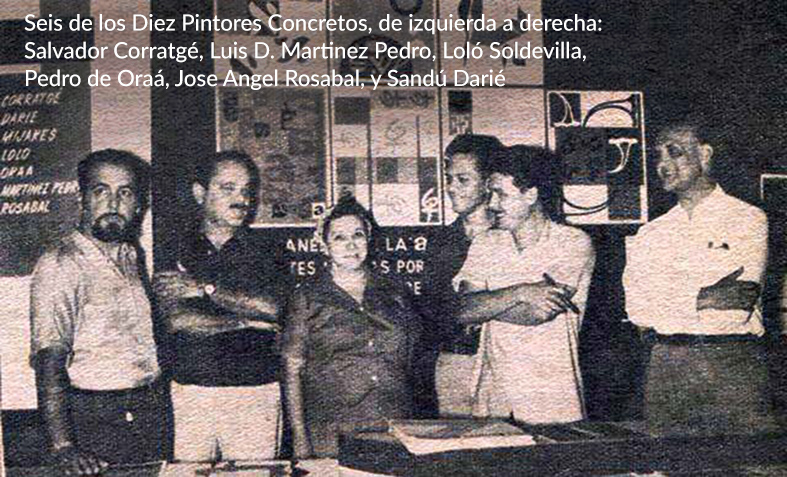
We need to understand the period in which these artists emerged, framed within the reaction of progressive forces against the coup d’état staged by Fulgencio Batista’s government on the one hand, and the accelerated plan of urban and architectural modernisation taking place at that time on the other. It is within this manifestation that the visual and conceptual shift in art on the Island first occurred. This was demonstrated by local architects Max Borges, Mario Romañach, Eugenio Batista, Antonio Quintana, Octavio Buigas or Ricardo Porro, along with international names such as Richard Nueutra, Roberto Burle Marx or Igor B. Polevitzky. This creative atmosphere generated influences of all kinds and led our creators to reflect on the teachings of artistic and pedagogical experiences that came from the Bauhaus and the School of Design founded by Lazló Moholy Nagy in Chicago.
Some of the artists who became known within concrete art in the country influenced other languages such as music. This inspiration can be keenly felt in the pieces of two of the pioneers of electroacoustic music in Cuba: Juan Blanco and Carlos Fariñas. Fariñas created a fabulous piece entitled Aguas territoriales (Territorial waters), inspired by the series of the same name by Luis Martínez Pedro. Meanwhile Sandú Darié became the founder of Op Art and Kinetic Art in Cuba. In his case, we could point to that phrase uttered by Sol Lewitt that the idea had to become a machine that makes the art. Sandú approached each of his works with a precision verging on scientific enquiry. His archive is a real treasure trove, filled with models, documents, texts, and notes of everything that swirled around his head.
Sandú Darié was the instigator of video art on the island. Cosmorama is a piece that may have risen up out of Fernand Léger‘s Ballet mécanique and Marcel Duchamp’s Anémic cinéma. Darié needed to feel the dance of movement and the corporeality of artefacts enveloped in the contrasts that occur between light and shadow. We are certain that had Sandú come into contact with new technologies, he would be one of the great masters of 3D animation today. His constructions transcend the medium, as his creations try to seek out that fourth dimension in art that obsessed two great artists: Naum Gabo and Antoine Pevsner. The Realistic Manifesto developed by Russian artists advocated the fourth dimension of art. Sandú Darié followed the path carved by these creators, as confirmed by his Estructura transformable (Transformable Structure – 1960) and Collage sobre papel (Collage on Paper – 1950), included in this exhibition.
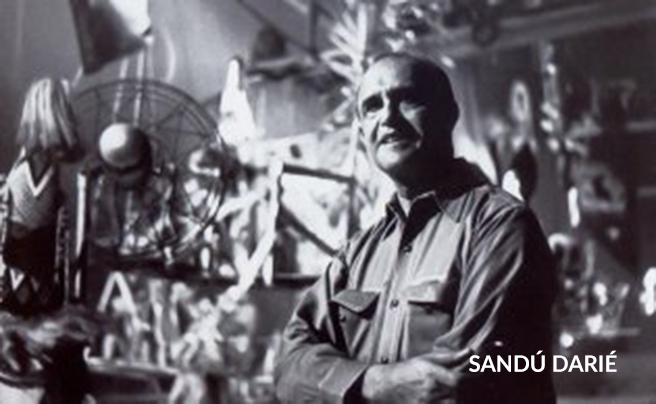
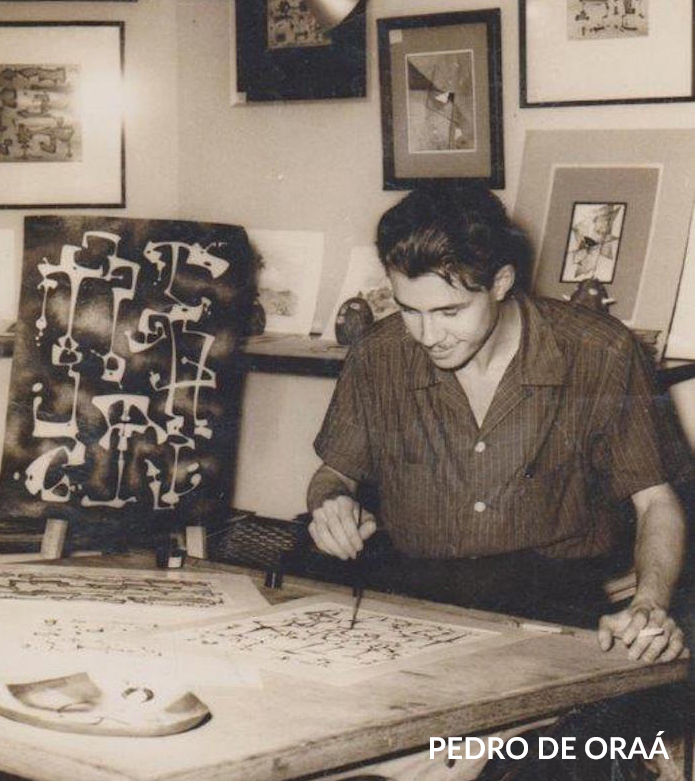
Expandidos (Expanded), a work created in 2013 by Pedro Oraá, is one of the last pieces he made before his death. These acrylics on canvas were an inspiration in the last stage of his life, then mutated into models. They carry within themselves the spirit of Russian Constructivists. An architecture is created through pictorial discourse, where function is displaced by the emotions we experience in the moment of contemplation. The assembly of what we observe is armed in our minds.
Loló Sodevilla must be viewed with different eyes today. She is one of the few women whose work is exhibited in Cuba’s National Museum of Fine Arts, despite the efforts of its curatorial team to restore the feminine presence in the history of Cuban art. Amelia Peláez was the only female reference in emergence and consolidation of avant-garde art, and there were no women in the Los Once club of artists. Loló’s work made her one of the most active supporters of the Diez pintores concretos. She was an enthusiastic promoter and tried to connect what was being done in her country with symbolic production at an international level. This exhibition includes some of her temperas on cardboard from 1955 and 1956, preamble to what she would do later on as she matured as an artist. They are works that have the emotional charge of Joan Miró’s spatial devices, but which seek the materiality of the composition. Geometry and colour are domesticated in Loló’s pieces; they are like actors in the staging of a drama.
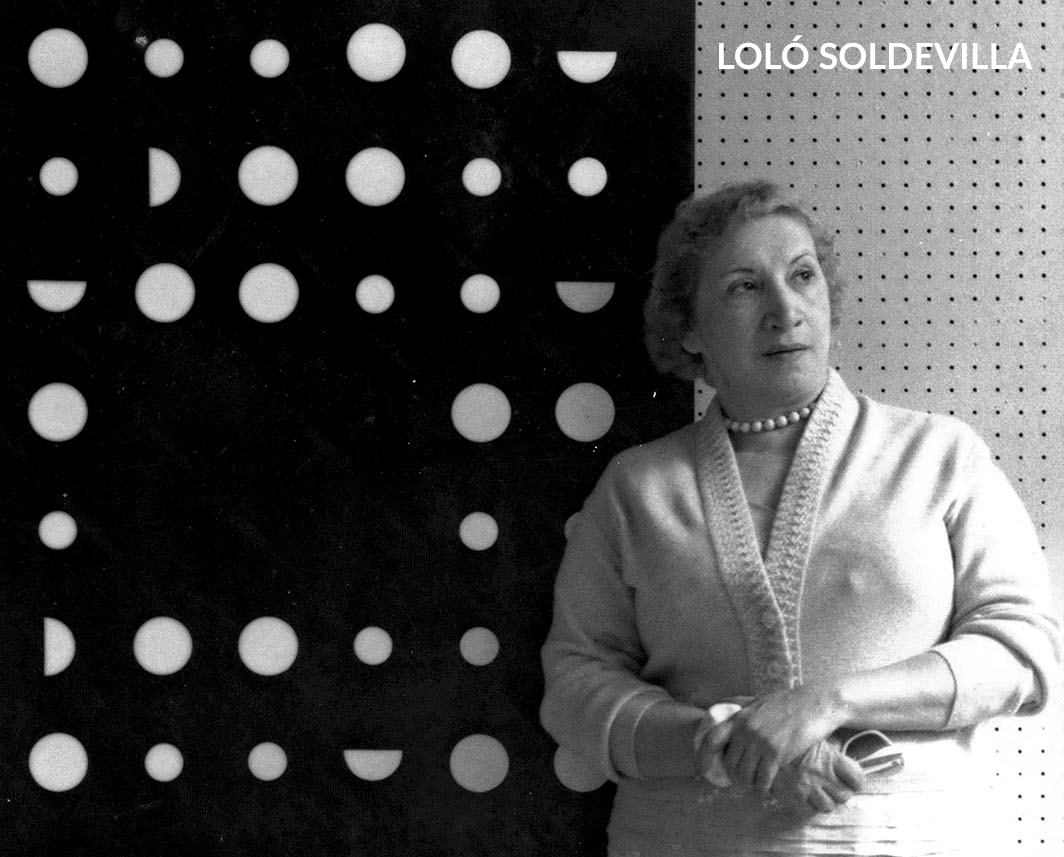
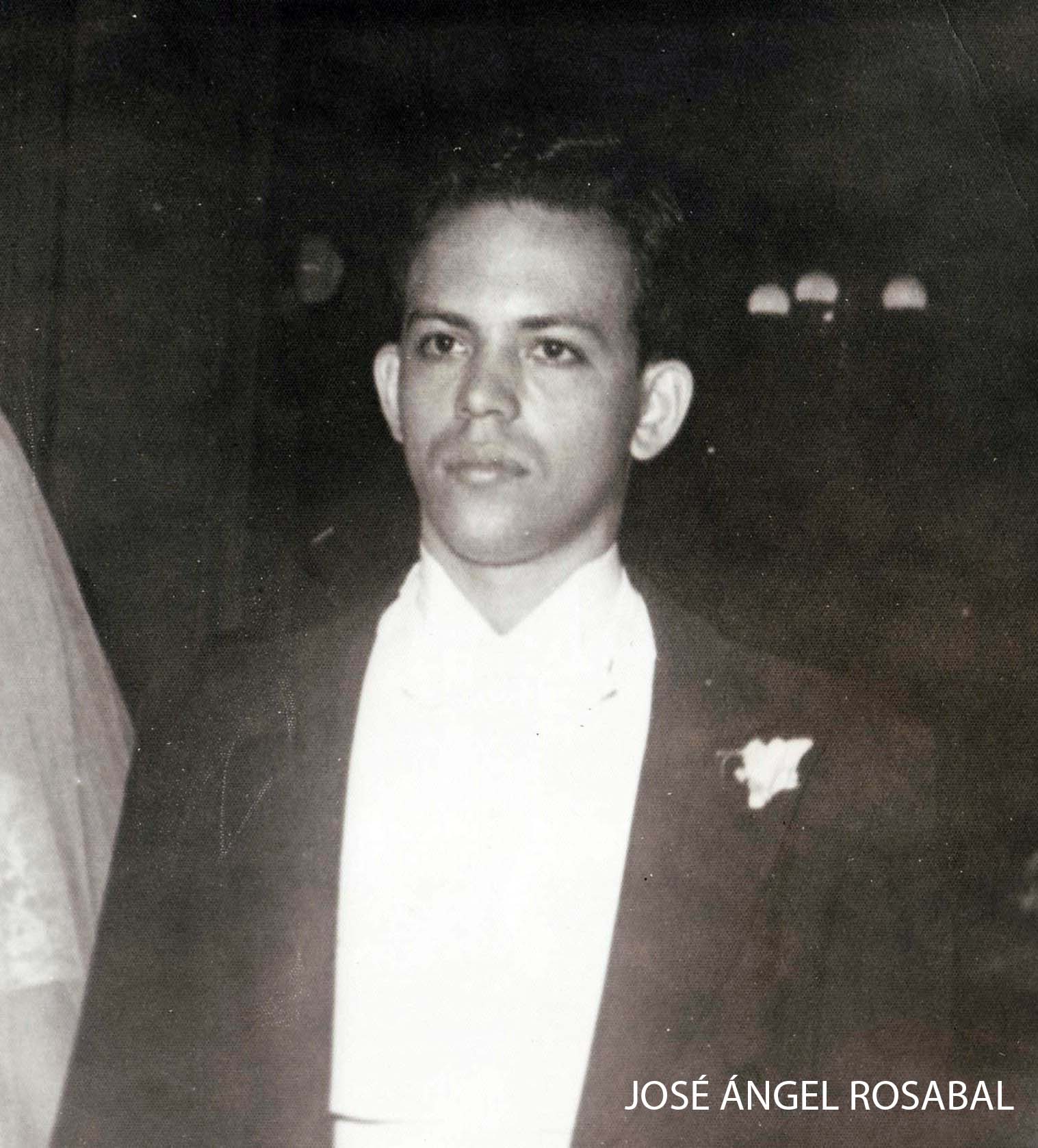
José Angel Rosabal’s work is also included in the exhibition, with Untitled 2022, Untitled 2017, Untitled 2014, and Fuente de Luz – Blanco y Negro (Light Source – Black and White – 2015). He is able to work the spatial dimension of colour with the same masterful hand as Barnett Newman and Ellsworth Kelly. However, I believe that he is one of the few Latin American abstract artists who achieves his own language. In his pieces, the pigment does not meekly accept its fate of two-dimensionality. It dissects the planes, forces them to make random leaps, suspends structures bequeathed to us by the artist’s imagination alone. Fuente de Luz – Blanco y Negro may seem to be the result of the use of fractals from a non-Euclidean geometry. It moves closer to those architectural constructions that inspired Frank Gehry’s buildings. Rosabal is the only survivor of the Diez pintores concretos. His work does not age; it remains a lesson for the future.
Finally, the two pieces by Salvador Corratgé illustrate this artist’s progress through art. His work is undoubtedly indebted to the methods of Matisse and Jean Arp. The planes of colours are randomly dissected to achieve a kind of dematerialisation of the image. The composition is made liquid through a sensuality gleaned through the brush stroke. Corratgé is fond of playing with a concept of organic painting in which ways of doing generate themselves in order to find their place on the pictorial surface.

Each of the works shown in this exhibition is a tool to shape the symbols of an Island. They are the earthly dimension of a culture made art, light and colour, which transcended historical circumstance. These artists were not stopped by the upheavals of the Batista era, nor did they give up in the face of the misunderstandings surrounding their work in the post-revolutionary era. They urge us to review time to make us think about the art that is to come. These great artists have been able to transcend; they are a lesson in wisdom and spirituality.
Jorge Antonio Fernández Torres
Art Critic and Curator
Director of the National Museum of Fine Arts of Havana
Featured in the tv program Buenos Días Canarias of Televisión Canaria.
Featured in the tv program Somos Gente Fantástica of Televisión Canaria.
Written press
Article in the newspaper El Día - February 20, 2023
